
Pop of colour

Community Garden

Tug!

Who Gave Their Lives for the Empire

Sleepy Gatehouse

Sunflowers
I love storytelling, and helping organizations share their truth with the world. From non-profit media outlets to for-profit boutique agencies to one of Canada's great universities, I've been connecting institutions and stakeholders for a while, and enjoying both the journey and seeing great ideas find great audiences.

Pop of colour

Community Garden

Tug!

Who Gave Their Lives for the Empire

Sleepy Gatehouse

Sunflowers
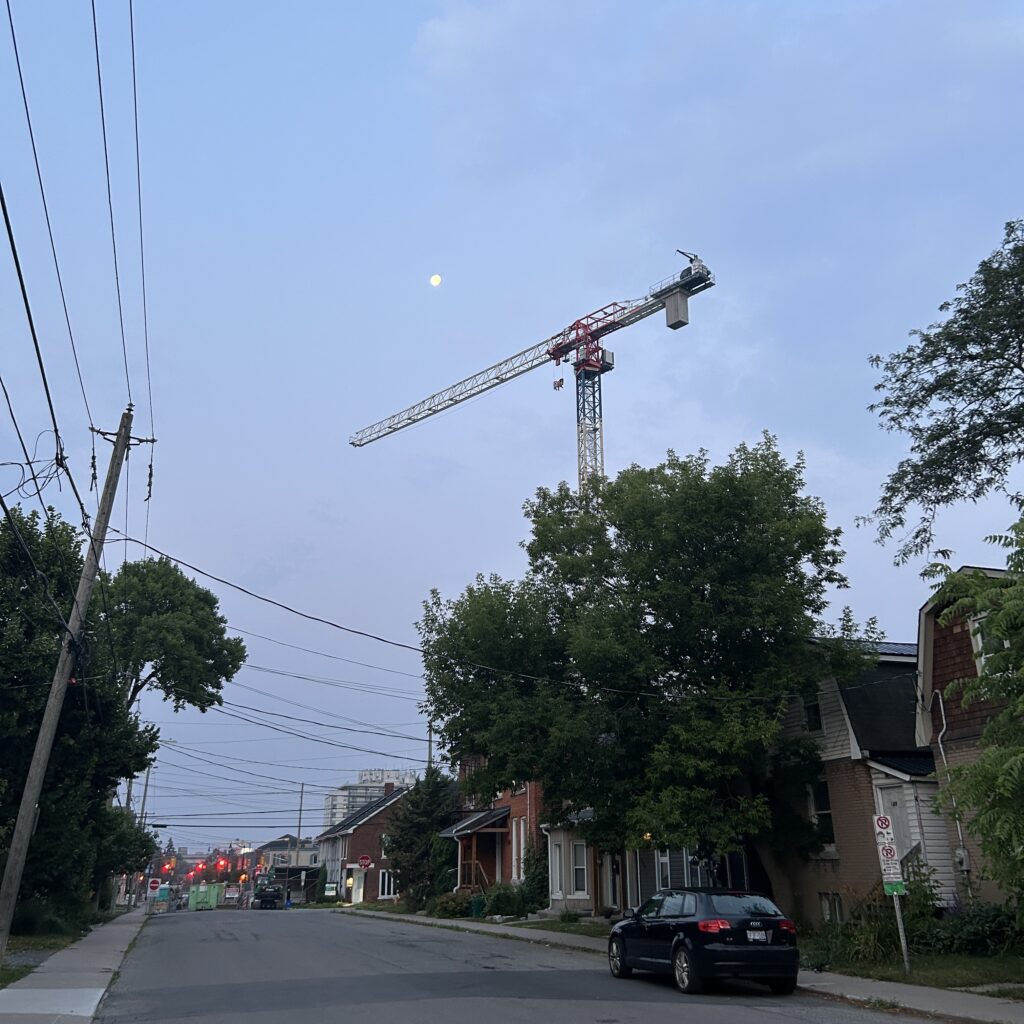
Night Crane
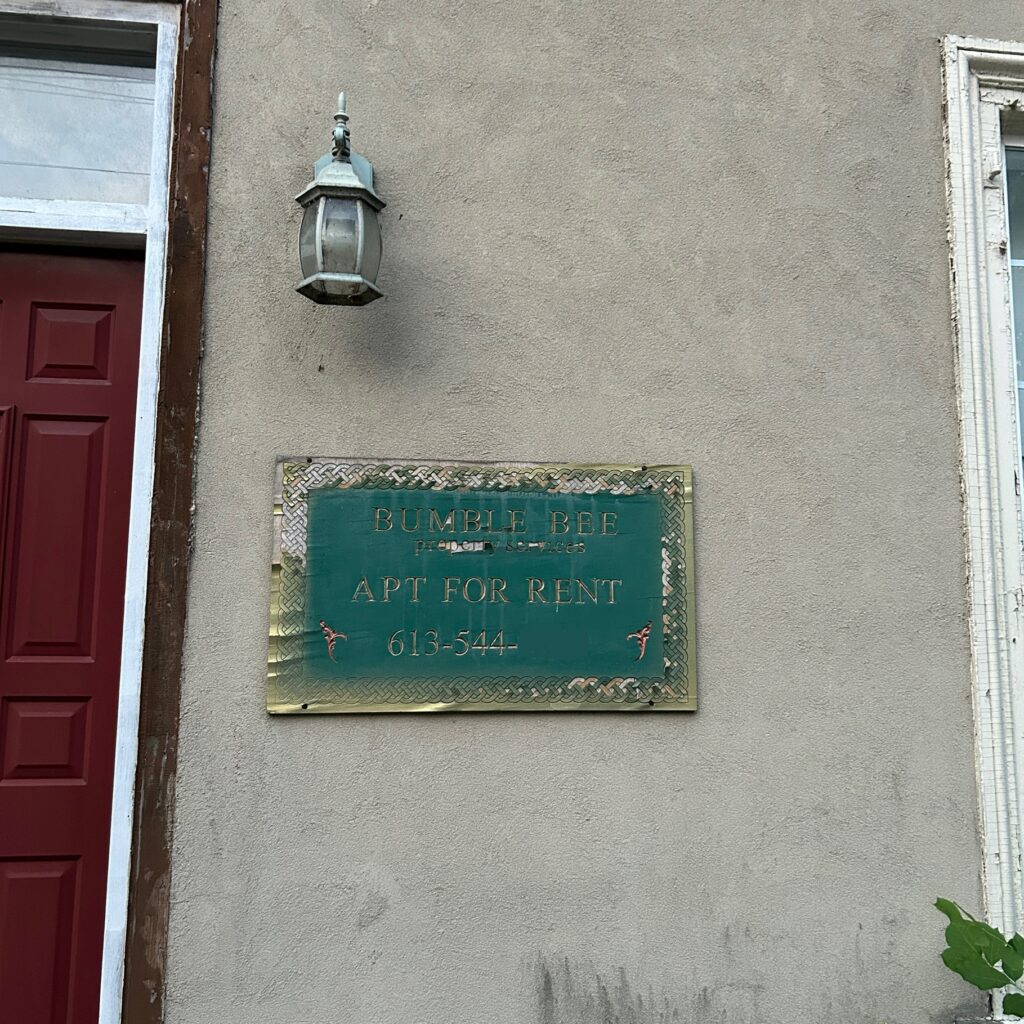
Bumblebee Rental (edited to obfuscate phone #)

Before the Sidewalk Cafe Opens

Why the scare quotes?

Utility Sunflowers


Glorious Shitbox (edited to obscure plate)

Private Parking, Public Art

My Dick Stinks

Red Wall
Approaching a Rabbit



Windowboxes 1-3

Lost Garage

Well, That’s A Technically Accurate Thing You Can Call A Junk Shop, I Suppose

Marie Antoinette Exhibition July 18 (zoom in, and yes, it’s a real thing, I checked)



My New Friend Sheriff Sharky Tremendous

Lil Dog

Door Roses

Back Wall

Mr. Brightside Meets the Cardigans

EWL RENO A ED R S FREE NT BREAKFAST

Mom, Where Do Baby Carts Come From?

Weird Stump
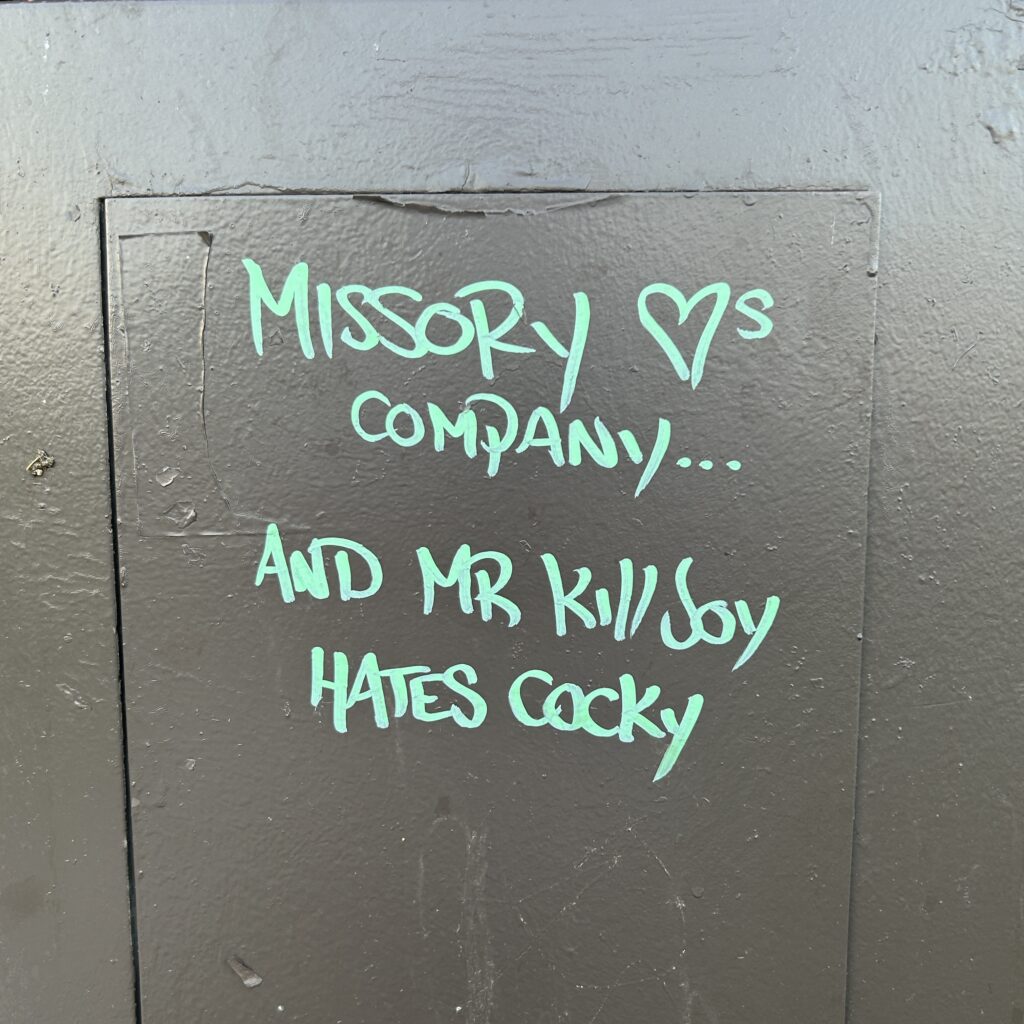
Missory
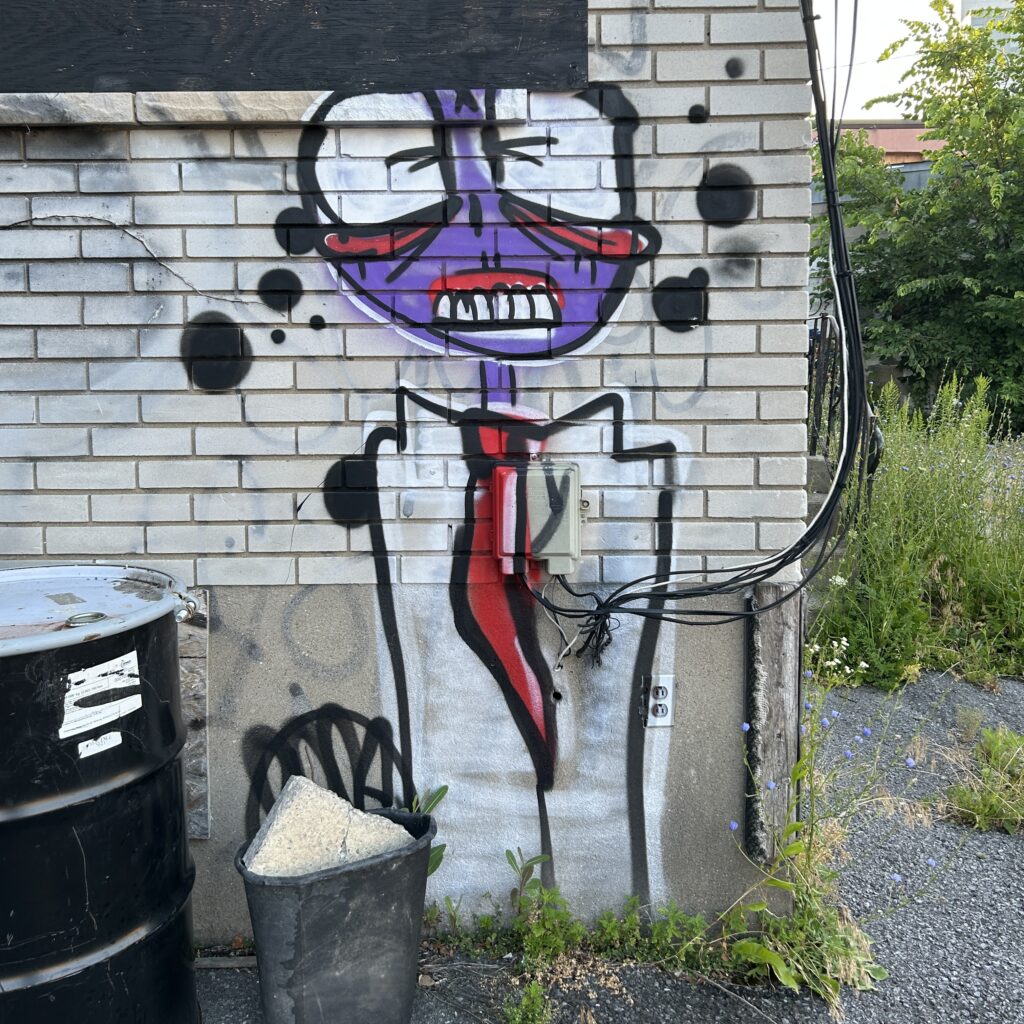
Pained Man
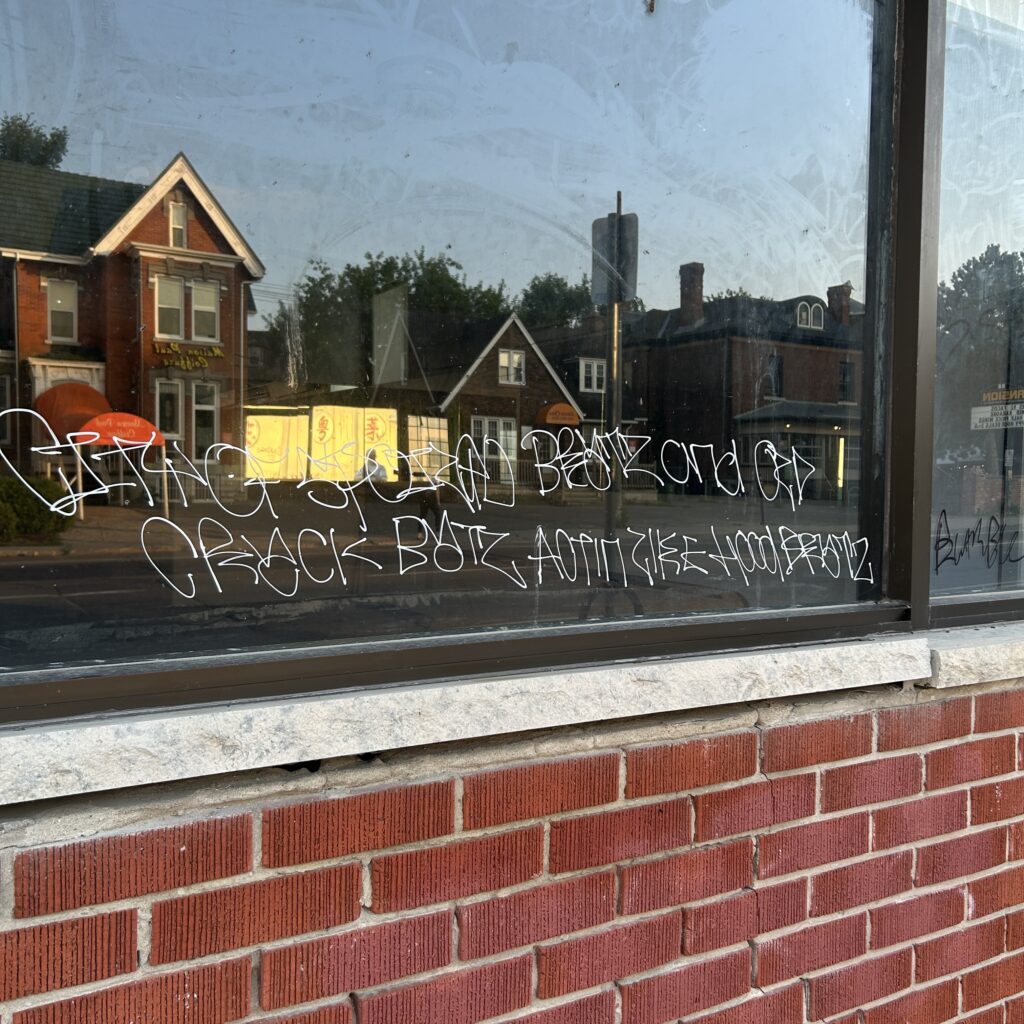
Crack Batz

Canada Tile

Caged Heat (Pump)1I know it’s not a heat pump

Forlorn Boots

Flower Tricycle

Park Plinth 1
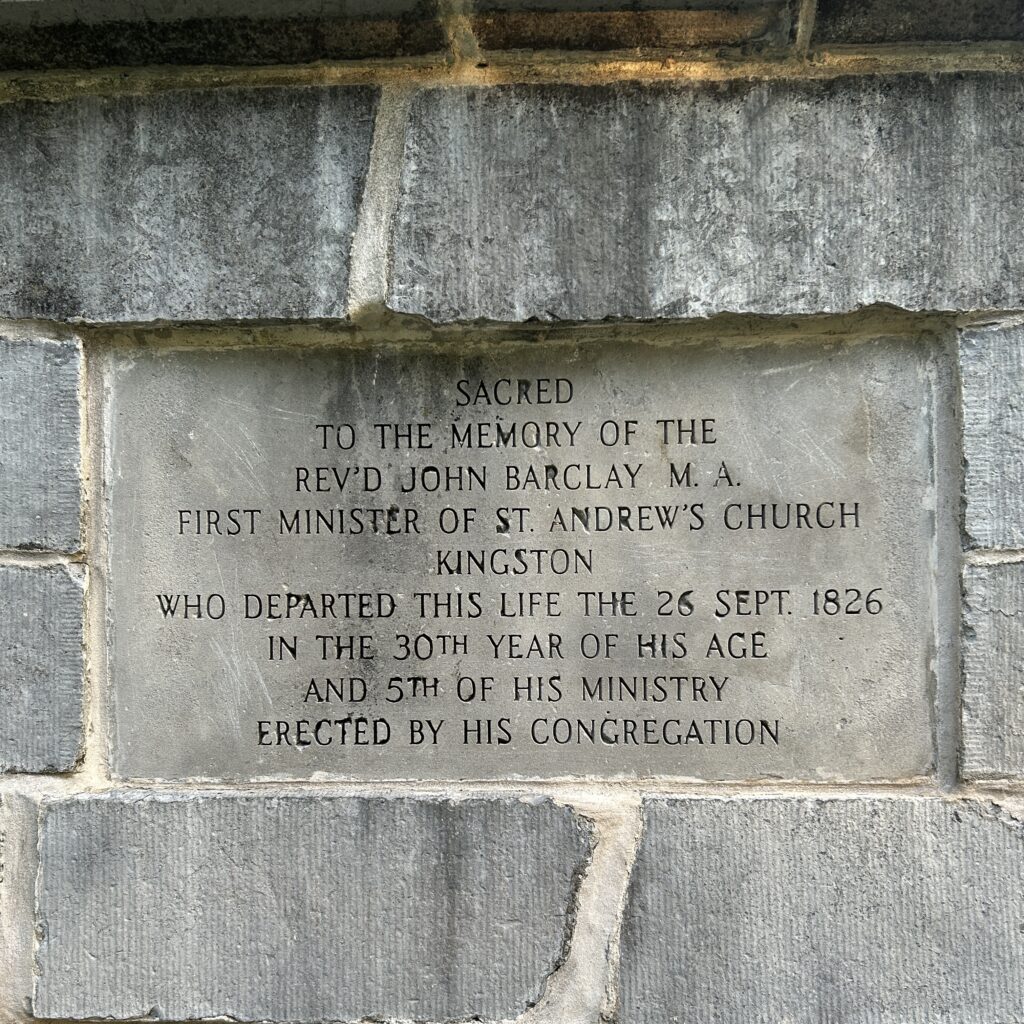
Park Plinth 2 (Inscription – Man, That Minister Sure Died Young)

Artistic Anchor at Dawn Shot



Three Cruise Boats

Drinks Door

Ivy Wall

Funky Smokestacks
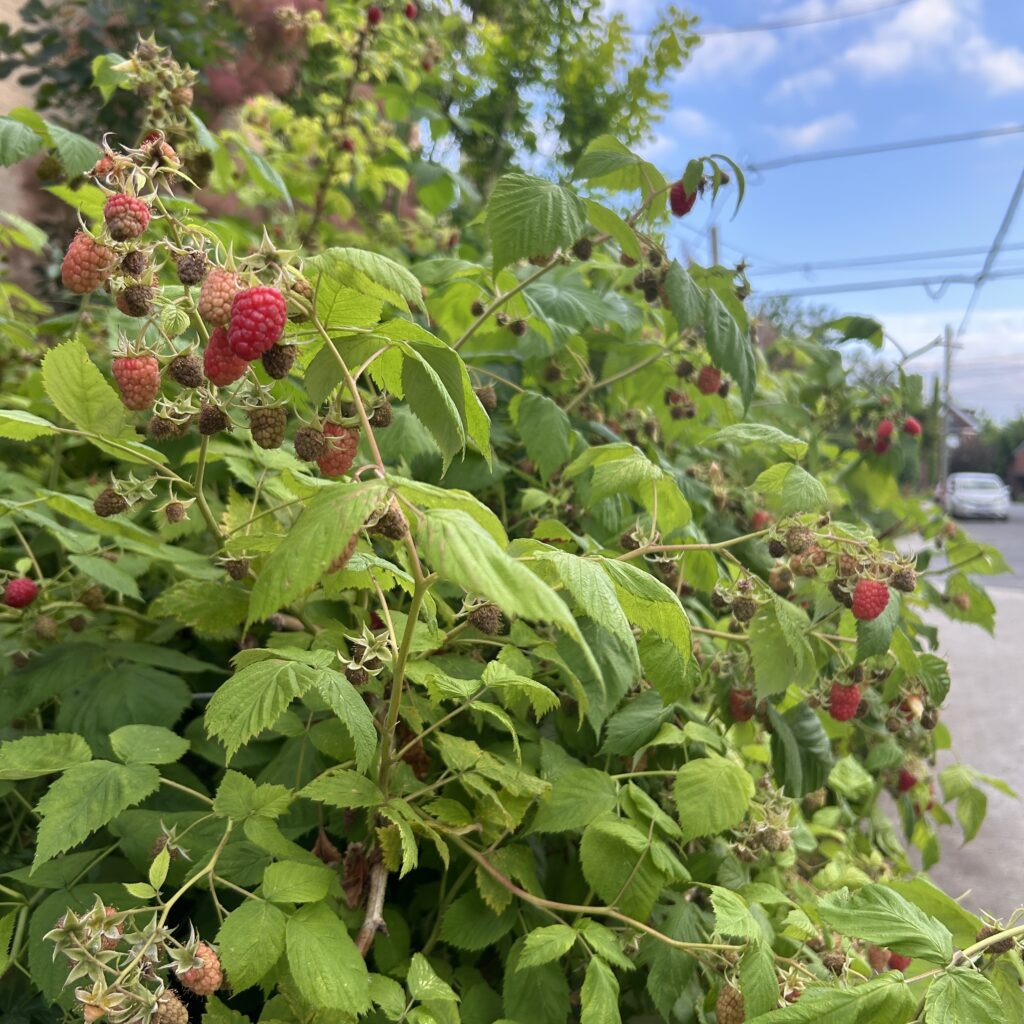
Sidewalk Raspberries
Churches in the NOP area of Kingston today.
Without going full CLA$$WAR, the difference is striking: the historically wealthy downtown features stately limestone churches; in the traditional working class North of Princess ‘hoods, it’s all wood frame or brick buildings, and/or converted houses or other buildings. The exception being St. John, the only legit large limestone church more than a stone’s throw from downtown, at Patrick & Quebec St., in the formerly firmly working-class Skeleton Park / “The Boys” neighbourhood.
St. Paul’s (below) is technically NOP, but by one block, so it’s here for accuracy but doesn’t really alter the general pattern of big, fancy downtown churches and scrappier churches in the lower-income areas. Even among these, our Lady of Fatima is a legitimately impressive brick Portugese church, and St. Luke is a more traditional brick church.
But the others are pretty divergent.
For instance: Bible Baptist Church is just a “LIVE BAIT” style yellow light-up sign outside somebody’s brick house (there’s a ramp and a different entrance at the back, but to take a photo I’d have to get super intrusively up this person’s driveway, which I’m not comfortable with 1and, I mean, they’ve turned their home into a church, so maybe they should be okay with it, but it’s a testament (ha!) to the ‘house-ness’ of it all that I feel really weird about walking up the driveway and similarly, PREPARE THE WAY/International House of Prayer is a sign on the side of a post-war frame home; Zion is the basement of a seniors’ complex (also owned/run by the United Church, IIRC). I didn’t photograph former churches, of which there are also several.
Further north and west, the Kingscourt > John Counter neighbourhood has more churches, much more in the ’80s-onward Pentacostal “big low brick buildings” style, but this was already a 1-hour-plus ramble.




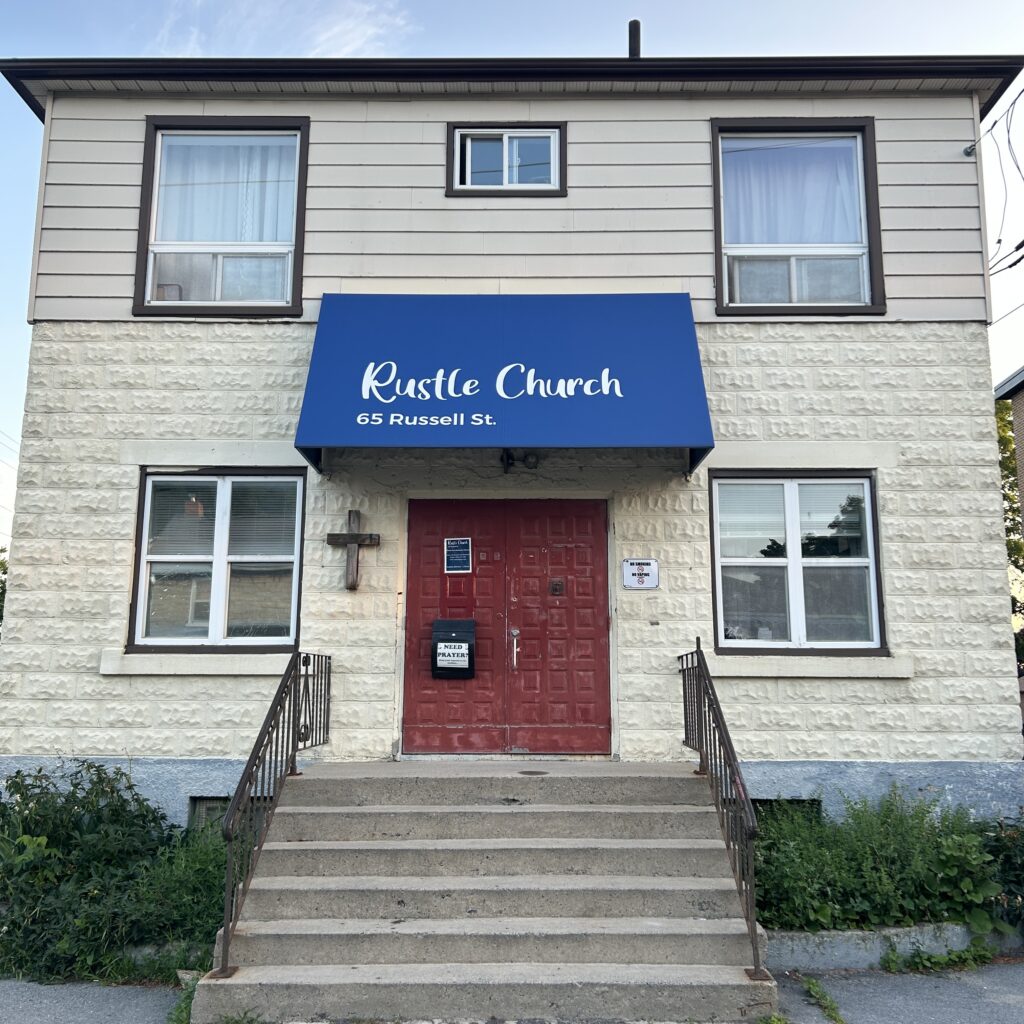
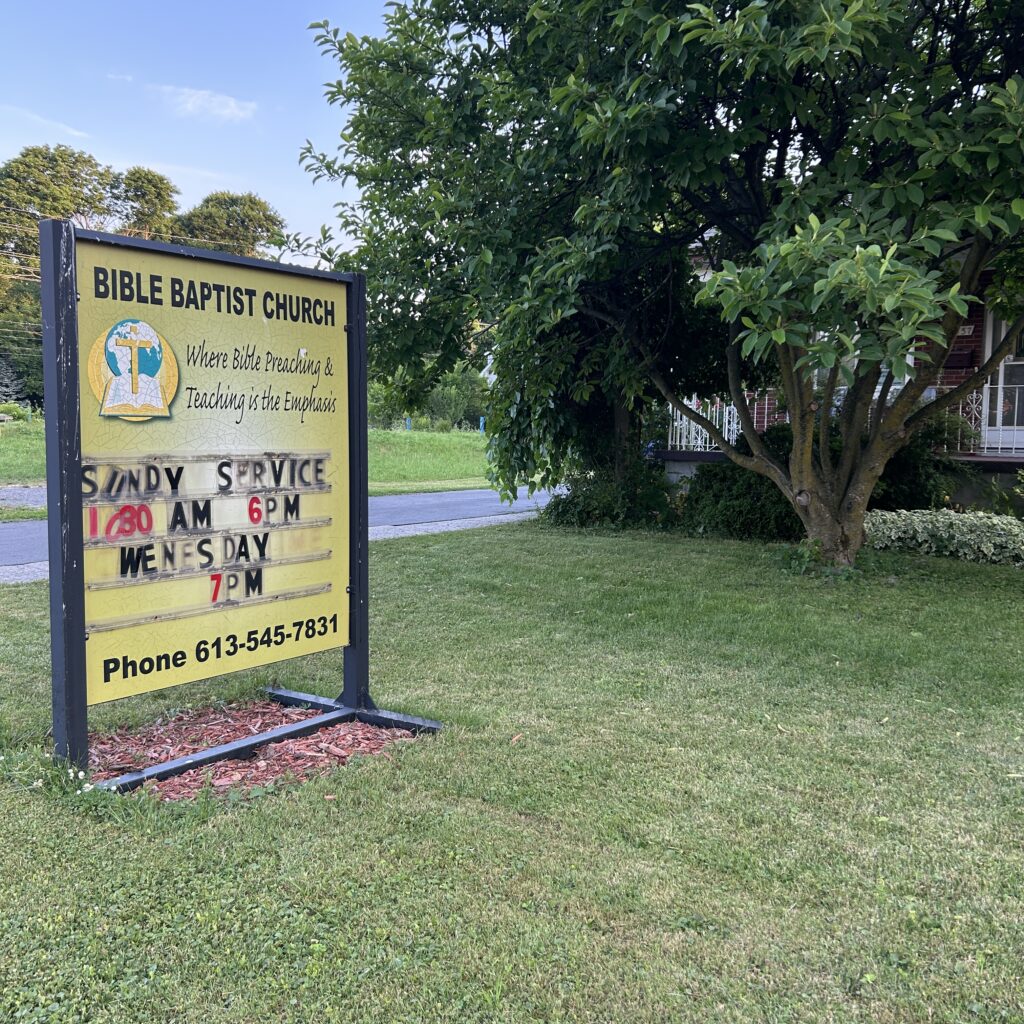





Big churches of downtown Kingston. At some point soon, I’ll start covering the more modest churches North of Princess (NOP) here in Kingston — much more interesting, IMO, in their variety and scrappiness than these stately limestone churches.







Today, inventorying independently owned convenience stores in the North of Princess area of Kingston; bounded (roughly) by Princess St. to the south, John Counter to the north, Leroy Grant to the west and Montreal St. to the east.

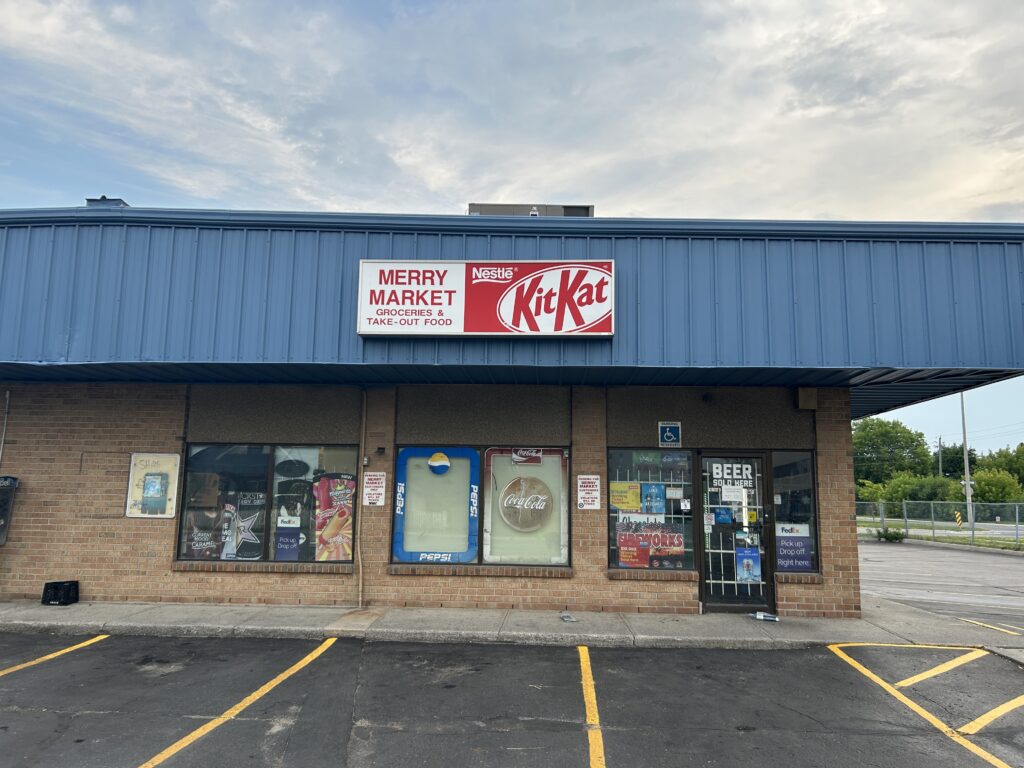
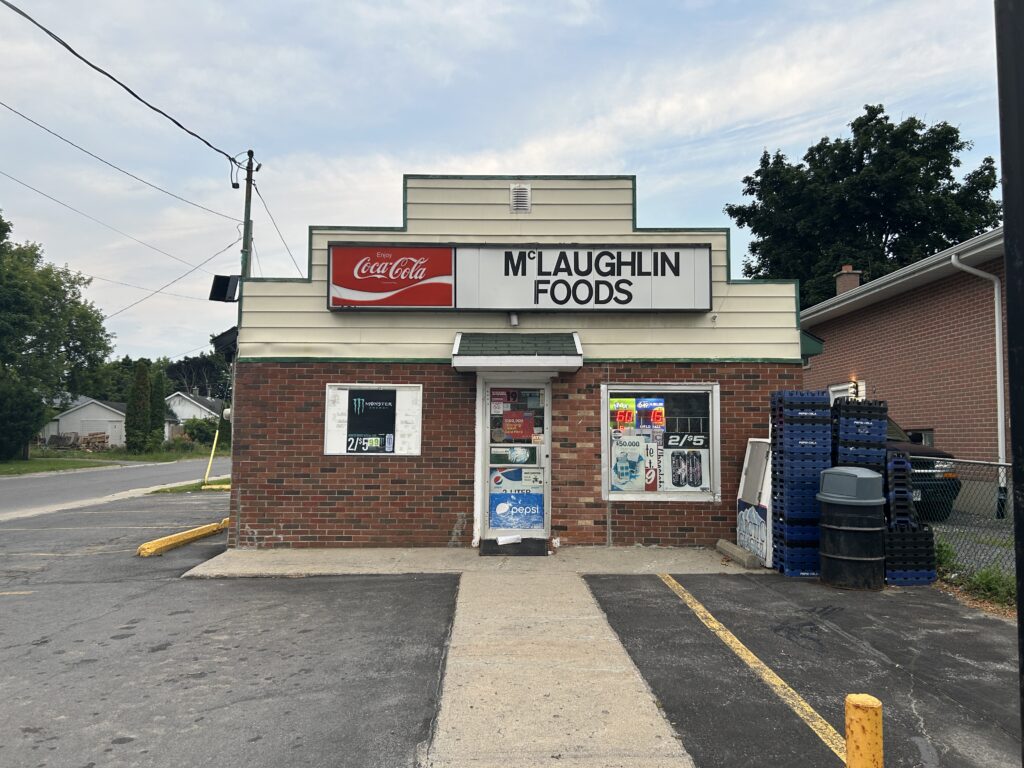


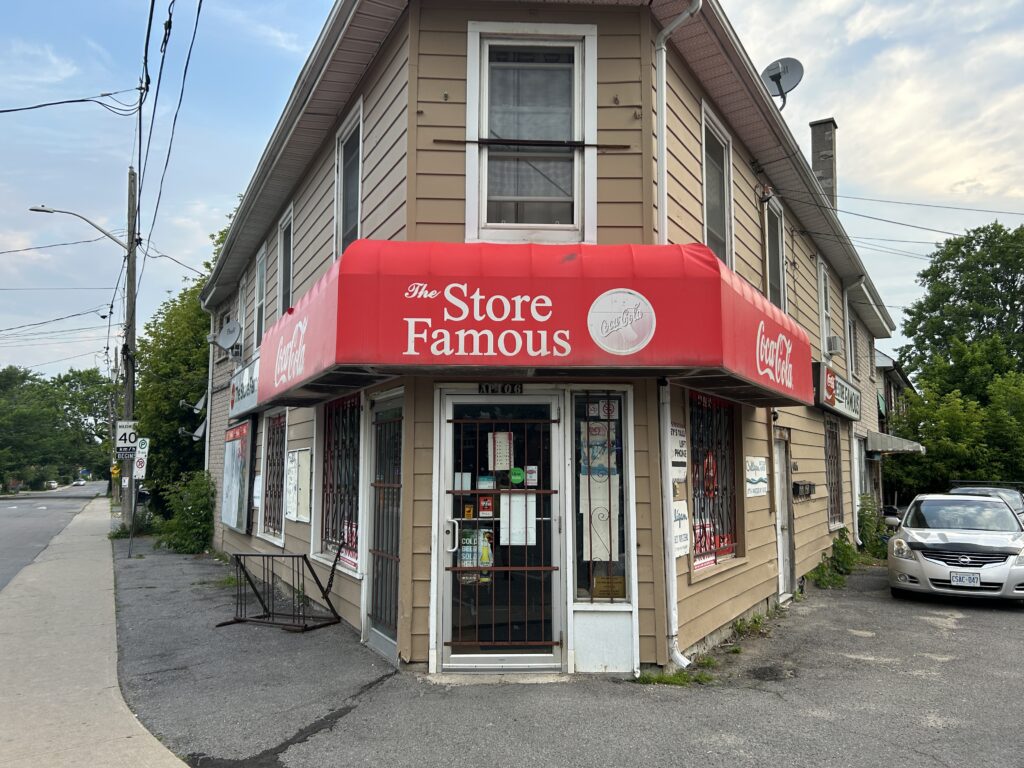




Dawn at the Parish Centre

Community Garden

Hairy Stool? Talk To Your Doctor.

Purple Fence Flowers

Now That’s A Doorbell

Spooky Lights (Bagot St., Garage, taken from Brock St. parking lot)
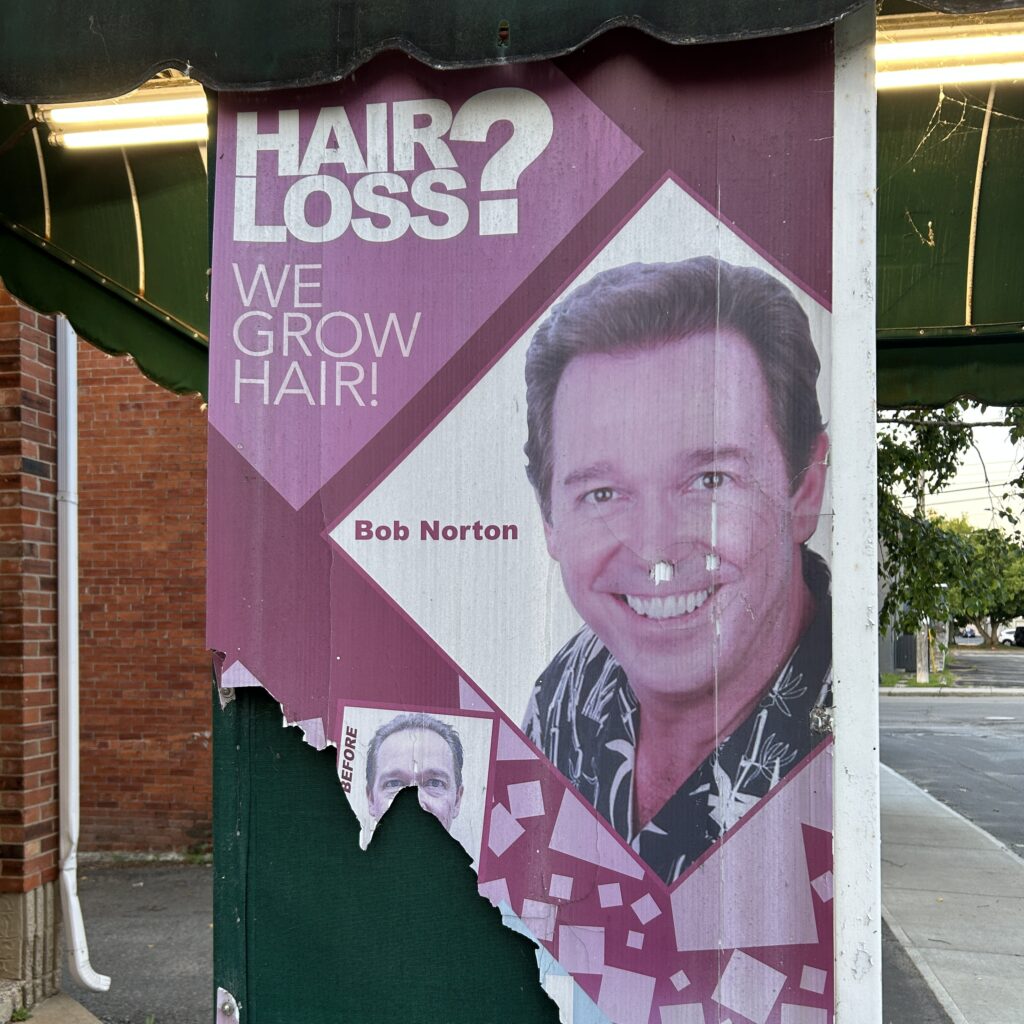
WE
GROW
HAIR!
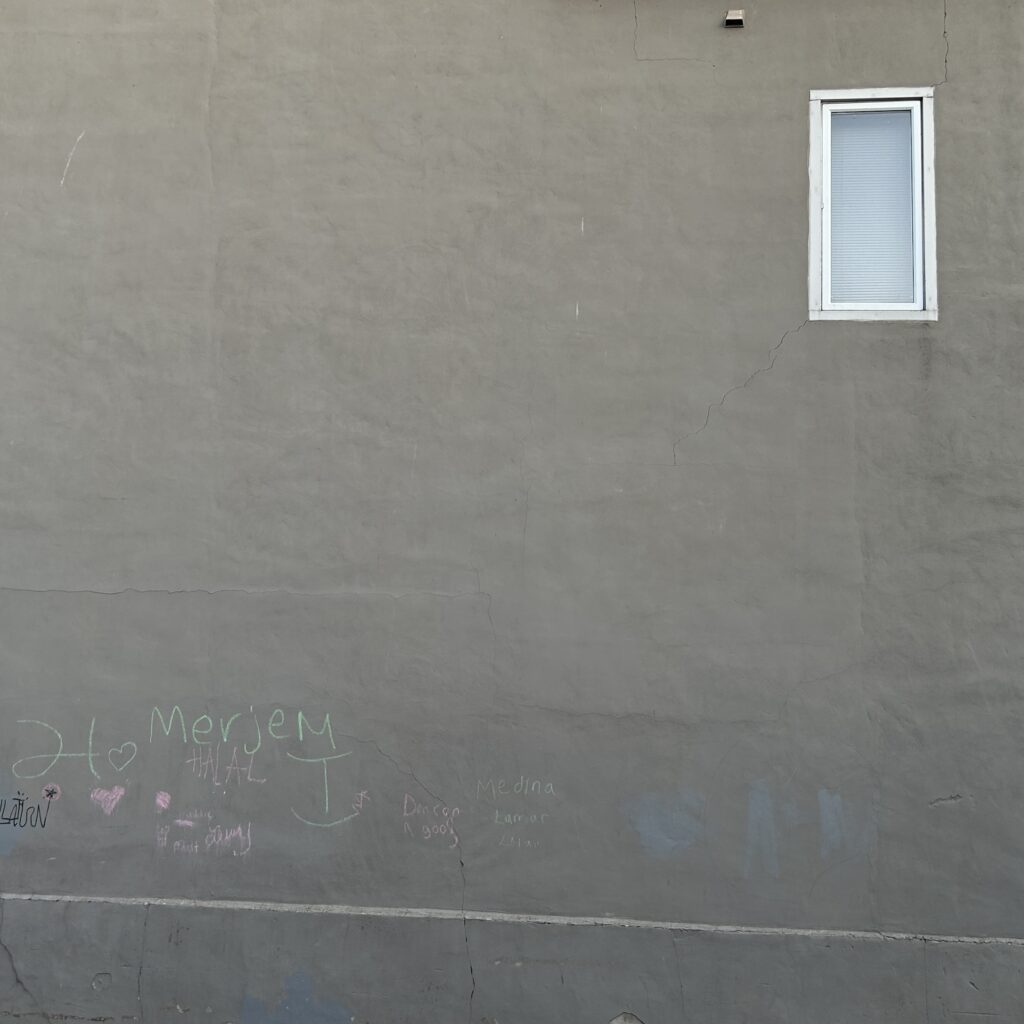
Blank Wall
I was dogsitting for a while, so while walks continued, stewarding a giant hound doesn’t lend itself to stopping and taking pictures.

Orange flowers, drooping flamingo

Wood siding on a brick house.

Makeshift Door Fix

Chalk House Art. I keep reading “Current 93” but that’s more my love of arcane neo-folk than anything.
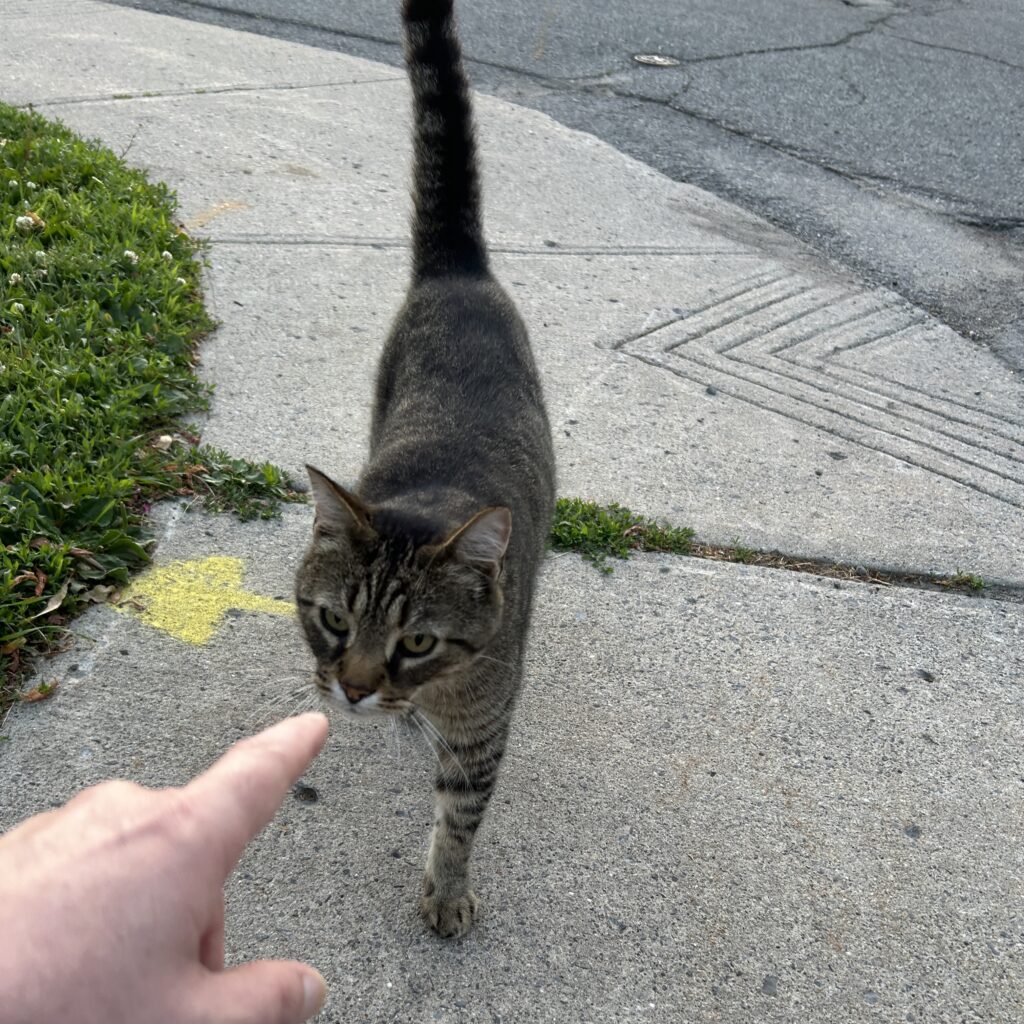
My new friend Cassius Thunderpots

Mom, Where Do Bedbugs Come From?
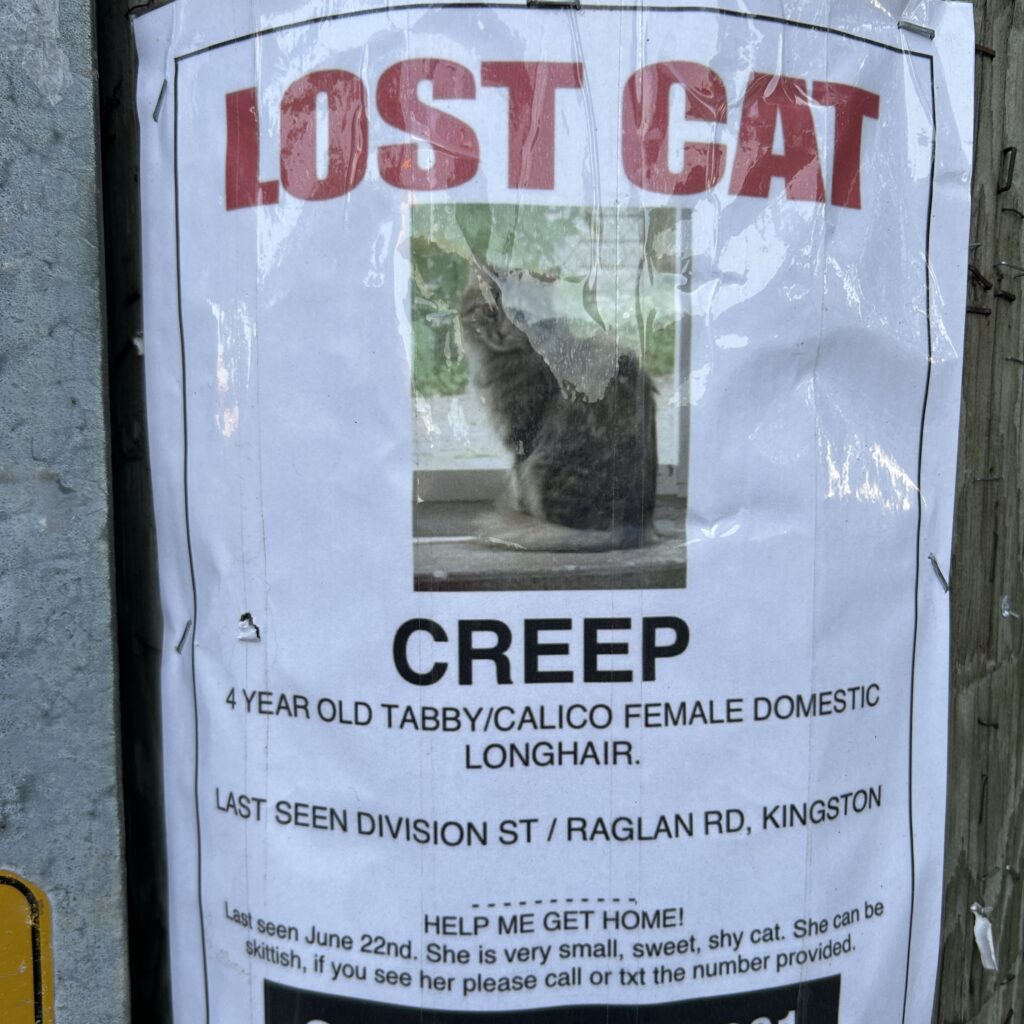
Lost Creep